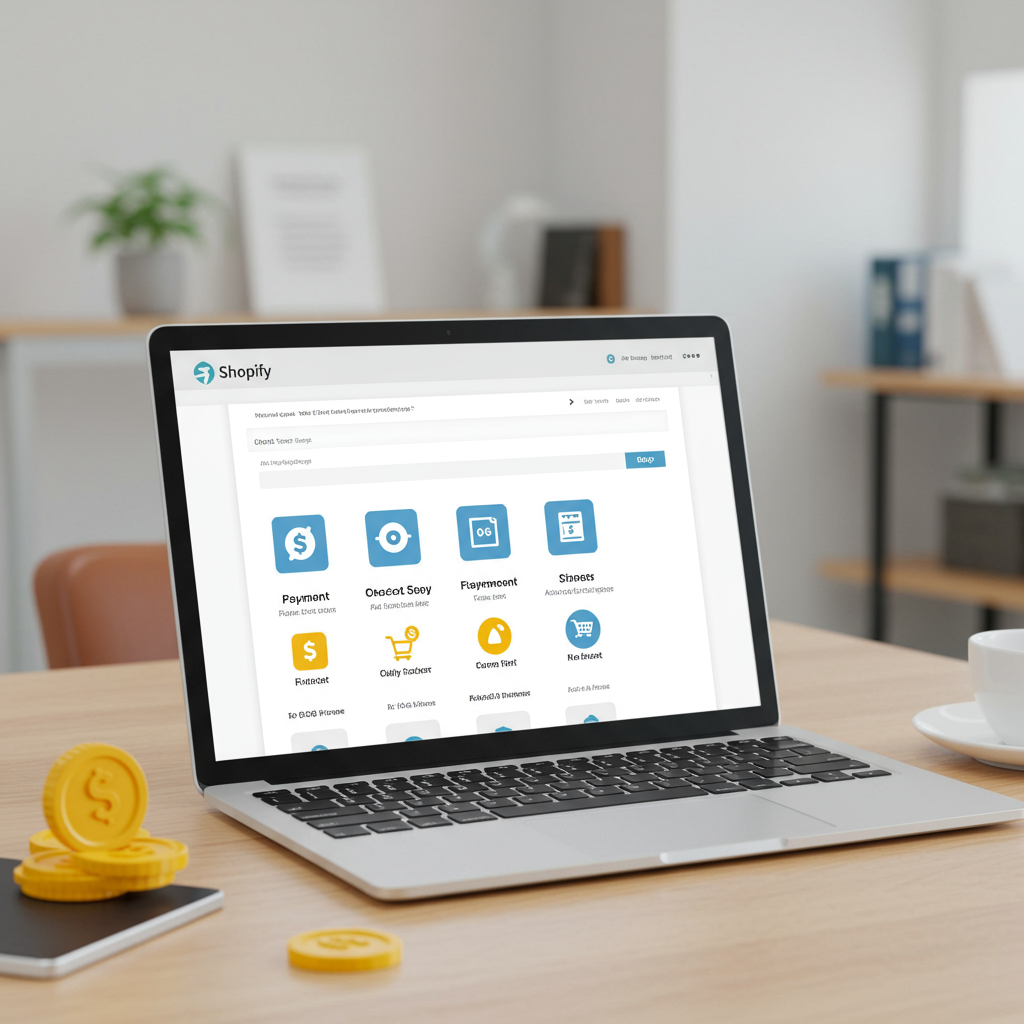Unlock the secrets to a seamless and high-converting checkout experience on your Shopify store.
As a merchant, I know the thrill of a new sale. But I also understand the frustration of a full shopping cart that never converts.
It’s a common scenario: customers browse, add items, and then, at the crucial checkout stage, they vanish.
This phenomenon, known as cart abandonment, is a significant challenge for e-commerce businesses, especially on platforms like Shopify.
Today, I want to share my insights and strategies on how you can significantly improve your Shopify checkout conversion rate.
Optimizing your checkout isn’t just about tweaking a few settings; it’s about understanding customer psychology and removing every possible barrier.
Think of your checkout process as the final hurdle in a race. You’ve done all the hard work getting them to the finish line; now, let’s ensure they cross it.
One of the first areas I always examine is trust and security. Customers need to feel absolutely safe sharing their personal and financial information.
Ensure your Shopify store has an active SSL certificate. Shopify provides this automatically, but it’s worth double-checking.
Displaying trust badges from recognized security providers or payment gateways like Visa, Mastercard, PayPal, and Shop Pay can significantly boost confidence.
I also recommend clearly stating your return policy and privacy policy. Transparency builds immense trust.
Next, let’s talk about simplicity and clarity. A cluttered or confusing checkout is a conversion killer.
Aim for as few steps as possible. Shopify’s one-page checkout is a huge advantage here, but ensure each field is clear and necessary.
Offer guest checkout. Forcing customers to create an account before purchasing is a major deterrent for many first-time buyers.
Make your calls to action (CTAs) prominent and unambiguous. Buttons like “Continue to Shipping” or “Complete Order” should stand out.
Speed and performance are equally vital. A slow-loading checkout page can lead to immediate abandonment.
Optimize your images, minimize unnecessary apps that might slow down the page, and ensure your theme is lightweight and responsive.
Mobile optimization is non-negotiable. A significant portion of online shopping now happens on smartphones.
Your checkout must be perfectly navigable and easy to use on any mobile device. Test it yourself!
Payment options are another critical area. The more choices you offer, the more likely a customer is to find their preferred method.
Beyond credit cards, consider offering digital wallets like Apple Pay, Google Pay, and especially Shop Pay, which is integrated seamlessly with Shopify.
For international customers, local payment methods can be a game-changer. Research what’s popular in your target markets.
Shipping costs and taxes are notorious for causing abandonment. Be transparent about these costs from the very beginning.
Ideally, offer free shipping if your margins allow, or set a clear threshold for free shipping to encourage larger orders.
Clearly display estimated delivery times. Uncertainty about when an item will arrive can make customers hesitate.
Sometimes, a gentle nudge of urgency or scarcity can help. This must be used ethically and genuinely.
For example, “Only 3 left in stock!” or “Sale ends in 24 hours!” can encourage immediate action.
Consider implementing an exit-intent pop-up. If a customer is about to leave, a small discount or free shipping offer might entice them to stay.
Don’t forget about retargeting. For those who do abandon their carts, automated abandoned cart emails are incredibly effective.
Shopify has built-in features for this, and you can enhance them with apps for more sophisticated sequences.
Running retargeting ads on social media or Google for cart abandoners can also bring them back to complete their purchase.
Finally, provide accessible customer support. A visible phone number, live chat, or email address can reassure customers if they have questions during checkout.
What do you think about this article so far? I’d love to hear your thoughts and experiences.
Remember, optimizing your checkout is an ongoing process. It’s not a one-time fix.
Regularly monitor your Shopify analytics and Google Analytics to identify bottlenecks and areas for improvement.
A/B testing different elements – button colors, field labels, payment icons – can provide valuable data on what resonates best with your audience.
Shopify’s robust platform provides many tools to help you. Leverage its native features and explore the app store for specialized solutions.
By focusing on trust, simplicity, speed, diverse payment options, and clear communication, you can transform your checkout from a hurdle into a smooth, high-converting pathway.
I encourage you to implement these strategies today and watch your Shopify conversion rates soar.
Your customers are ready to buy; let’s make it as easy as possible for them to do so.






